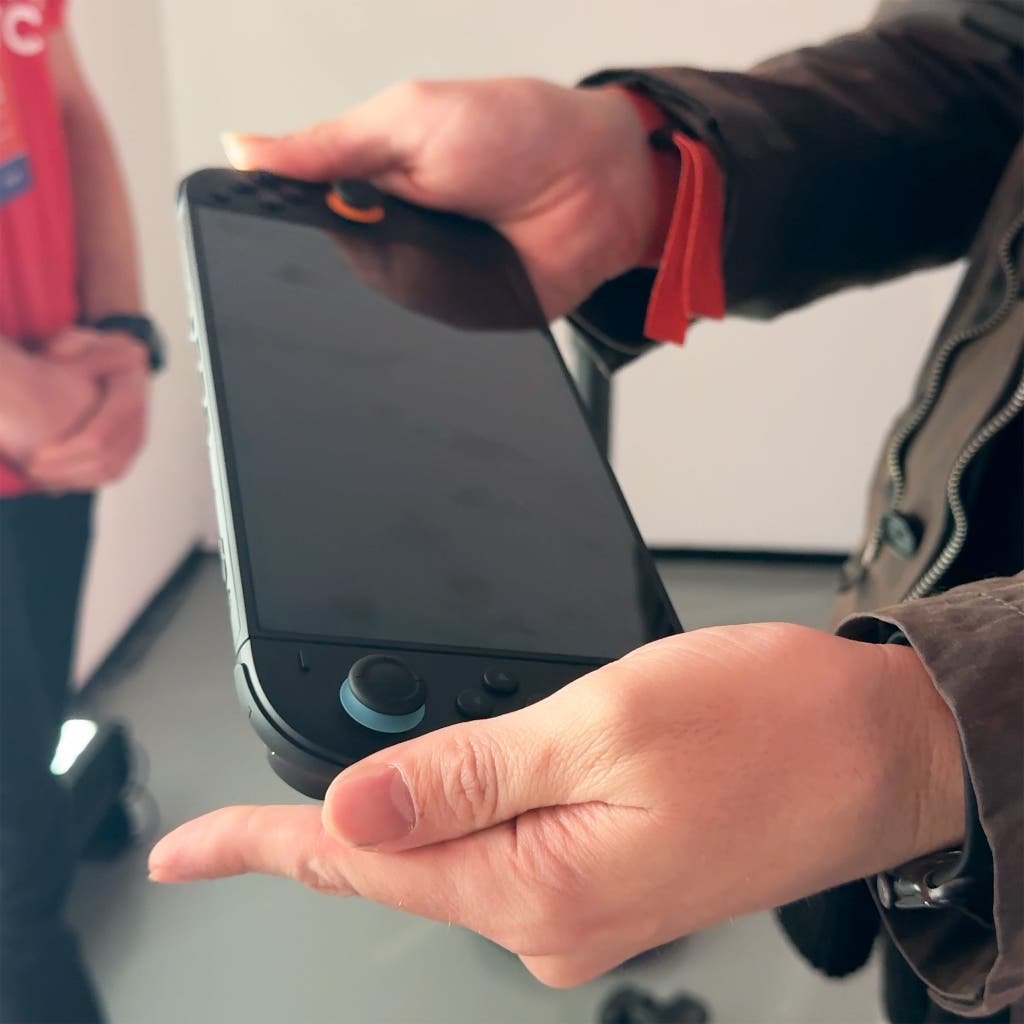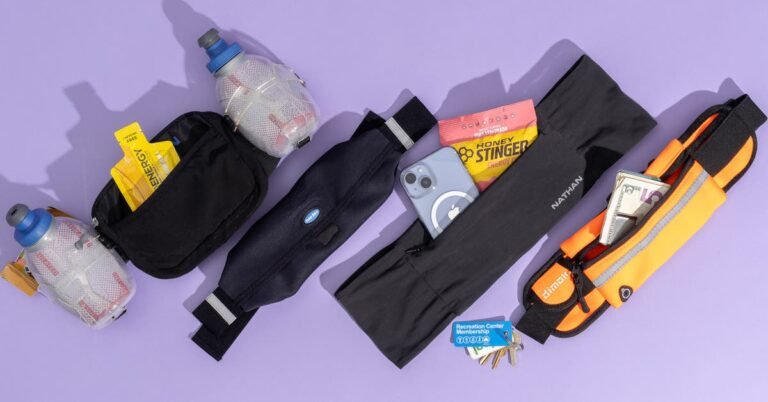
The Nintendo Switch 2 looks similar to the original at first glance, but it’s hiding a lot of improvements under its matte-black finish. In many ways, the experience is a lot like using a modern flagship phone after spending years with an older one: Many of the improvements seem minimal on paper, but they fundamentally change things for the better across the board.
The Nintendo Switch 2 is much more powerful than the original Nintendo Switch, thanks largely to a new Nvidia chip. It also has much faster memory and 256 GB of internal storage, along with microSD Express support for external-storage increases. The new hardware provides an enormous jump in performance compared with the previous Switch, which means two main things: bigger, more advanced, better-looking games and, if you already have a Nintendo Switch and a library of games, improved performance playing the ones you already own (and special upgrades for certain titles, if you’re willing to pay for them).
The Switch 2 is also bigger than the original Switch, at about 10.6 inches wide, 4.6 inches tall, and just over half an inch thick. The Switch 2 has an approximately 8-inch display, which is larger than even the OLED Switch’s 7-inch screen, and it employs a 120 Hz HDR-capable LCD touch panel, which means less lag time and a crisper image. (Yes, LCD. Don’t be surprised when an OLED version comes later.)

With a bigger body comes bigger, improved Joy-Con controllers. The Switch 2’s Joy-Cons attach to the console via electrically activated magnets, rather than the clip-and-rail system of the original console, and you release them with a button on the underside of each controller. If you’re a current Switch owner, you probably don’t need me to tell you that this is a vast improvement.
If you’ve played your Switch a lot, you’ve probably gone through more than one pair of Joy-Cons, and not just to buy more colors. The original Switch’s analog sticks were notorious for failing or “drifting.” However, Nintendo claims to have “redesigned” the Switch 2’s sticks. While the company hasn’t given specific information about what that redesign entails, some video game-centric outlets have speculated that the Switch 2 has traded the original Joy-Con analog sticks’ potentiometers for Hall effect sensors, which should withstand significantly more use without problems. We’ll have to test them long-term to determine their reliability.
That also means you can’t attach your original Joy-Con controllers to the Switch 2, but they remain compatible for multiplayer titles, so you won’t need to rush out and buy more for your game nights. The new Joy-Cons also have a sensor on the inside edge of their attachment points that allows for computer-mouse-style input.

Aside from the redesigned Joy-Cons, more-social Switch owners are likely to appreciate another added hardware feature, the new C button on each controller. This button activates the Switch 2’s Game Chat, which puts your game in a window surrounded by video feeds of your friends so you can watch them playing their own games, and their own video feed, if they plug in the new Switch 2 Camera (sold separately for $50) or a supported USB camera. The Switch 2’s controllers have built-in mics designed to filter out background noise, and Nintendo is also promising various gameplay features tied to Game Chat and the mic and camera.
Finally, there’s the Switch 2’s dock, which has two USB-A ports, one HDMI port, and a USB-C port for power, just like the original Switch. However, the HDMI port has been upgraded to HDMI 2.1 to support 4K video to your television or receiver, and the Switch 2’s dock also includes a cooling fan to keep it running smoothly at high performance without slowing down due to overheating. Like the Nintendo Switch OLED model’s included dock, the Switch 2’s dock also includes an Ethernet port.
Although Nintendo isn’t talking about the battery yet, we also expect the Switch 2 to offer longer life thanks to new battery technology and more power-efficient hardware.
Source link
[og_img

The Nintendo Switch 2 looks similar to the original at first glance, but it’s hiding a lot of improvements under its matte-black finish. In many ways, the experience is a lot like using a modern flagship phone after spending years with an older one: Many of the improvements seem minimal on paper, but they fundamentally change things for the better across the board.
The Nintendo Switch 2 is much more powerful than the original Nintendo Switch, thanks largely to a new Nvidia chip. It also has much faster memory and 256 GB of internal storage, along with microSD Express support for external-storage increases. The new hardware provides an enormous jump in performance compared with the previous Switch, which means two main things: bigger, more advanced, better-looking games and, if you already have a Nintendo Switch and a library of games, improved performance playing the ones you already own (and special upgrades for certain titles, if you’re willing to pay for them).
The Switch 2 is also bigger than the original Switch, at about 10.6 inches wide, 4.6 inches tall, and just over half an inch thick. The Switch 2 has an approximately 8-inch display, which is larger than even the OLED Switch’s 7-inch screen, and it employs a 120 Hz HDR-capable LCD touch panel, which means less lag time and a crisper image. (Yes, LCD. Don’t be surprised when an OLED version comes later.)

With a bigger body comes bigger, improved Joy-Con controllers. The Switch 2’s Joy-Cons attach to the console via electrically activated magnets, rather than the clip-and-rail system of the original console, and you release them with a button on the underside of each controller. If you’re a current Switch owner, you probably don’t need me to tell you that this is a vast improvement.
If you’ve played your Switch a lot, you’ve probably gone through more than one pair of Joy-Cons, and not just to buy more colors. The original Switch’s analog sticks were notorious for failing or “drifting.” However, Nintendo claims to have “redesigned” the Switch 2’s sticks. While the company hasn’t given specific information about what that redesign entails, some video game-centric outlets have speculated that the Switch 2 has traded the original Joy-Con analog sticks’ potentiometers for Hall effect sensors, which should withstand significantly more use without problems. We’ll have to test them long-term to determine their reliability.
That also means you can’t attach your original Joy-Con controllers to the Switch 2, but they remain compatible for multiplayer titles, so you won’t need to rush out and buy more for your game nights. The new Joy-Cons also have a sensor on the inside edge of their attachment points that allows for computer-mouse-style input.

Aside from the redesigned Joy-Cons, more-social Switch owners are likely to appreciate another added hardware feature, the new C button on each controller. This button activates the Switch 2’s Game Chat, which puts your game in a window surrounded by video feeds of your friends so you can watch them playing their own games, and their own video feed, if they plug in the new Switch 2 Camera (sold separately for $50) or a supported USB camera. The Switch 2’s controllers have built-in mics designed to filter out background noise, and Nintendo is also promising various gameplay features tied to Game Chat and the mic and camera.
Finally, there’s the Switch 2’s dock, which has two USB-A ports, one HDMI port, and a USB-C port for power, just like the original Switch. However, the HDMI port has been upgraded to HDMI 2.1 to support 4K video to your television or receiver, and the Switch 2’s dock also includes a cooling fan to keep it running smoothly at high performance without slowing down due to overheating. Like the Nintendo Switch OLED model’s included dock, the Switch 2’s dock also includes an Ethernet port.
Although Nintendo isn’t talking about the battery yet, we also expect the Switch 2 to offer longer life thanks to new battery technology and more power-efficient hardware.
We Played the Nintendo Switch 2, and You’re Going to Want One
[title_words_as_hashtags



